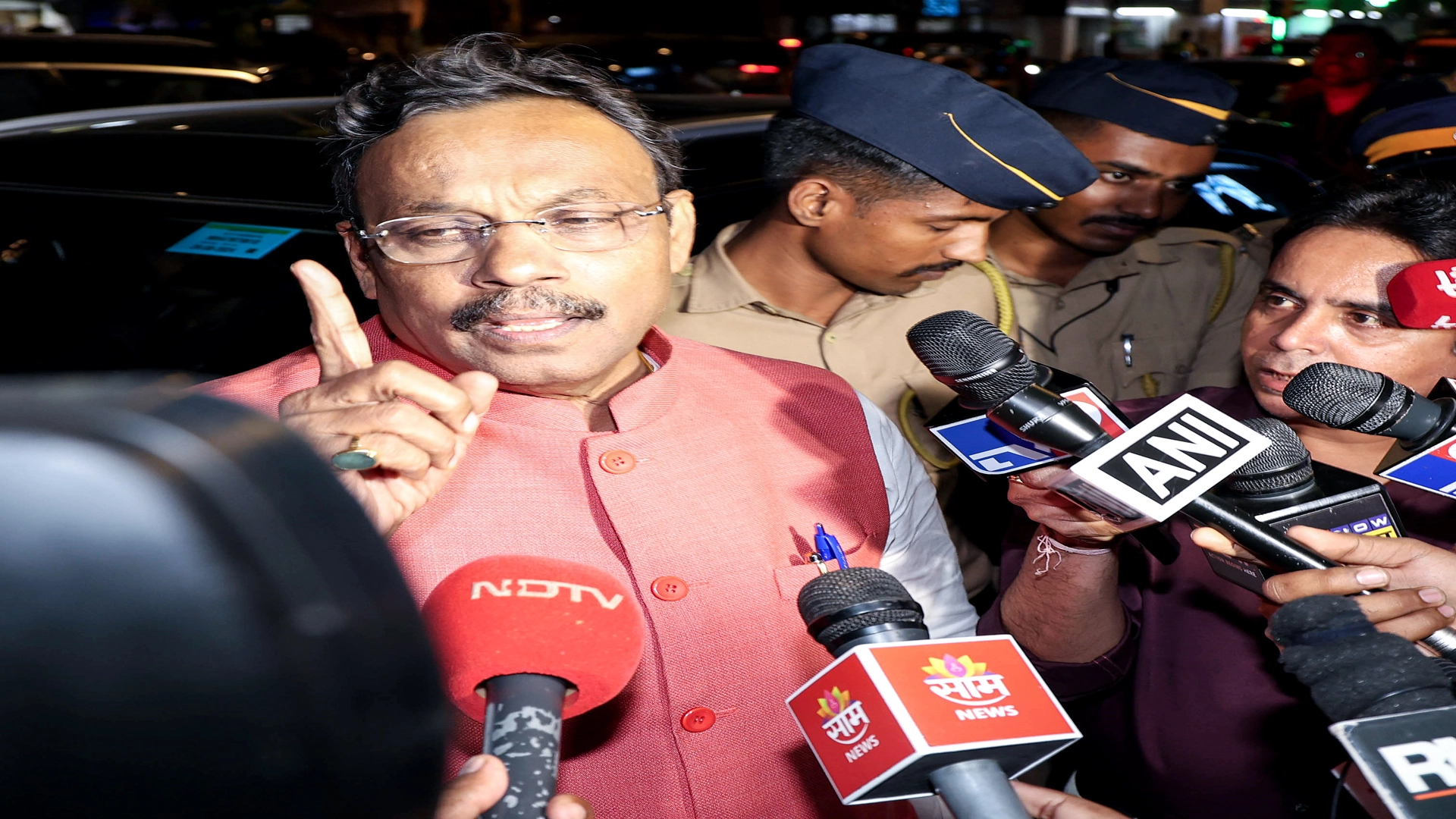
India is experiencing one of the worst unemployment crises with the youth of the country being the worst affected. To tackle this pressing problem, there must be a paradigm shift in workforce development. Perhaps it is time to take the nationwide skill-based census as it could be the transformative step required to align our human capital with the evolving demands of the 21st-century economy. This all-encompassing inventory of skills and competencies of our population would be precious to policymakers, businesses, and educational institutions and help them confront the main issues in the labour market more successfully. A skill-based census could open the door to the true potential of our nation and lead the way to better lives.
The Challenge at Hand
As highlighted by the Ministry of Skill Development and Entrepreneurship in 2015, India faces a dual challenge: a shortage of skilled employees as well as a large pool of conventionally educated and inexperienced youth. India’s unemployment crisis is well-documented, with much of the focus traditionally on the BIMARU states like Uttar Pradesh and Bihar. However, data from the Periodic Labour Force Survey for 2022-23, the most recent full-year report, reveals that Andhra Pradesh is in a worse situation than many of these states. Andhra Pradesh’s unemployment rate for individuals aged 15 and above stands at 4.1 percent, which is significantly higher than the national average of 3.2 percent and states like Bihar (3.9 percent), Uttar Pradesh (2.4 percent), and Madhya Pradesh (1.6 percent). The situation is even more dire among the youth (ages 15 to 29), with Andhra Pradesh’s youth unemployment rate at 15.7 percent, well above the national average of 10 percent and higher than Bihar (13.9 percent), Uttar Pradesh (7 percent), Madhya Pradesh (4.4 percent), and Rajasthan (12.5 percent). Furthermore, higher education does not seem to alleviate this problem. The unemployment rate among graduates in Andhra Pradesh is 24 percent, surpassing Bihar (16.6 percent), Uttar Pradesh (11 percent), Madhya Pradesh (9.3 percent), and even Rajasthan (23.1 percent).
A skill-based census would involve systematically gathering information about the specific skills, qualifications, and competencies of individuals across the nation. This comprehensive inventory of our workforce’s capabilities would serve as a powerful tool for various stakeholders:
Workforce Development: This way we can determine areas of skill deficit and excess and come up with suitable training plans that meet the market demand.
Economic Planning: One can decide on the kind of investment to make in a given sector based on the available skills.
Employment Matching: Optimise the process of matching the candidates with the available jobs according to their skills and the requirements of the employers.
Migration and Mobility: In summary, they should develop an internal and international migration plan by identifying where skills are required, and where there is excess supply.
Business Intelligence: Offer critical information to companies regarding their management strategies and their investment plans.
Implementation Strategy for a Skill-Based Census in India
Apparently, the Skill Census in India necessitates a strategic initiative that is systematic and inclusive. Interviews and questionnaires should be conducted on households and individuals with the aim of collecting more specific data concerning their skills, educational level, and experience in the workforce. This means that it is important to obtain data directly from the schools, colleges, and vocational training institutions that are offering these courses. The use of online applications and databases will make it easier to synthesize this information because the data is current and can easily be retrieved. Modifications to the data are necessary in order to keep the data current and reliable for use in subsequent time intervals.
Data collection is to be performed by the management of Industrial Training Institutes (ITIs) and the Directorate General of Training (DGT) for the collection and implementation of training based on the data. The National Council for Vocational Education and Training (NCVET) has the capability to make certain that recognition and accreditation of the training programs of vocational education match with census reports, thereby making standardized quality and relevancy of the training programs. The NSDC should coordinate and enable skills training and development that is relevant to the above needs and should encourage the acquisition of skills to prepare for forthcoming employment opportunities.This is in line with sector skill councils, which act as a mechanism for sifting out skill requirements and endeavoring to fashion qualifications responsive to sector requirements. By converting the census data into analyzable results, SSCs are well-positioned to close the gap between demand and supply from the industry midway to workforce capability. This integrated approach to executing a census that involves the help of the key stakeholders and going digital will help in achieving the need for a skill-based census to improve the workforce as well as the economy in India.
Challenges and Solutions for Implementing a Skill-Based Census in India
Data Accuracy and Reliability: The dependability of data collected from the respondents has to be given importance. Solutions include a multi-tiered verification process combining self-reporting with standardized assessments and employer validations, collaboration with educational institutions and industry bodies for cross-verification, and and the possibility of checking for discrepancies with the help of AI.
Standardization of Skill Definitions: A standardized structure must be established. This must be done alongside the establishment of a National Skills Qualification Framework, similar to the EU’s (European Skills, Competences, Qualifications, and Occupations) ESCO, and facilitate Sector Skill Councils for relevant taxonomies development.
Privacy Concerns and Data Security: Large-scale data collection raises privacy concerns. It can be solved by developing stringent data protection protocols, anonymizing data, controls at the access level, and security audits periodically.
Digital Divide and Accessibility: Limited technological equipment especially in rural areas may cause under-representation. There are various measures for its effective implementation, such as the use of mobile census units, engaging Common Service Centers, developing offline data collection tools, and cooperation with NGOs.
Scale and Logistics: The completion of a census across the whole country is not an easy feat. An ideal strategy includes implementing the process in phases using pilot projects, web, and non-web-based techniques, and engaging the state governments. Increasing organizational capacity through the use of mobile applications, cloud computing, etc.
Resistance to Change: Stakeholders may resist due to concerns about job security. To overcome resistance, Awareness campaigns, early engagement with unions and industry associations, and providing incentives like skill development opportunities can mitigate resistance.
Rapid Skill Obsolescence: Technology changes at high speed and therefore the data gathered may also be outdated. If the census is designed to be an ongoing undertaking that has to be updated on a regular basis, having constant tracking of various skills, and utilizing predictive analytics, then the data is going to be optimal.
Integration with Existing Systems: Integration of the census with other databases is vital. Thus, the creation of a common digital environment, API development for data transfer, and the formation of a cross-ministerial work group will guarantee synchronization and compatibility.
Cultural and Linguistic Diversity: Standardized assessments are difficult to implement in India due to the country’s diverse population. The challenges mentioned can be solved by creating multilingual interfaces, training local enumerators, and including regional skills in the framework.
To effectively overcome these challenges, an active multi-sectorial approach from the governmental departments, educational systems, industry stakeholders, and technology specialists can turn a skill-based census into one of the most influential tools for India’s workforce and economic policy formation.
Based on the census data, we can introduce new courses and certifications aligned with emerging market needs:
Agricultural Sector:
Diplomas in Sustainable Agriculture, Precision Agriculture, Dairy Farm Management, and HorticultureCertificate courses in Aquaculture production through Aquaponics, Vermiculture & Vermicomposting, and Rural Marketing.
Industrial Sector:
Diplomas in Solar Photovoltaic Systems Installation & Maintenance, Carpentry, and Welding.Courses in green construction techniques and sustainable building practices
Services Sector:
Training in digital skills, including data analysis, artificial intelligence, machine learning, and cybersecurity. This involves courses in the areas of digital marketing, e-commerce strategies, and social marketing.
Entrepreneurship:
Robust courses in business planning that include market research, preparation of the financial forecast, and presentation of the business plan to potential investors.Courses in business finance and marketing targeting the growth and development of small business.Incubator and accelerator programs providing mentorship and access to seed funding
Soft Skills:
Communication skills training, teamwork, and collaboration workshops.Problem-solving and critical thinking development through case studies and simulations.Time management and productivity workshops
Green Skills:
Training in areas such as renewable energy technologies and systems, environmental management, the design of sustainable built environments, and urban development.
The skill-based census aligns perfectly with the MSDE’s Vision 2025: “Unlock human capital to trigger a productivity dividend and bring aspirational employment and entrepreneurship pathways to all.” By creating a skills market that is learner-centric and demand-driven, we can facilitate economic gains and social mobility through skill development. Key schemes such as Pradhan Mantri Kaushal Vikas Yojana (PMKVY), Skills Acquisition and Knowledge Awareness for Livelihood Promotion (SANKALP), and Standard Training Assessment and Reward Scheme (STAR) can be further refined with census data to provide the deserving population with more effective skill development.It has now become crucial for India to leverage the power of data for its human capital development. A skill-based census is not merely an arithmetic calculation; it is a means to develop our human capital and hence is the ignition for realizing our demographic dividend. It is high time that we seized this opportunity to build a skillful, efficient, and affluent India.Inventorying skills is not just an exercise in data gathering; it’s a process that holds the potential to alter the socio-economic landscape of India. In combination with a clear view of the skills present within our workforce and the skills that will be required to accommodate future advancement, we can close the gap between education and employment, encourage the development of entrepreneurship, and thus progress our economy.














